Fillings

Restorative materials are used to repair teeth, which have been compromised due to tooth decay (cavities) or trauma. Tooth trauma can be caused by cracked or broken teeth, teeth that are worn from unusual use such as nail biting and using your teeth to open things. Different materials can be used to repair teeth, the most common being composite fillings made from a tooth-colored resin which looks and feels like natural teeth.
Crowns & Veneers
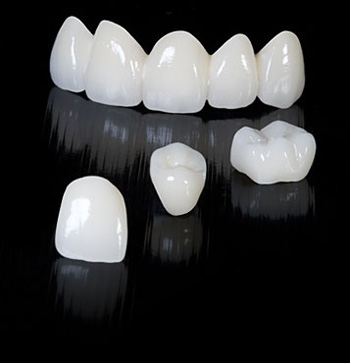
Crowns are dental restorations that protect decayed, cracked or broken teeth. Dental crowns – often referred to as caps – sit over the entire part of the tooth that lies above the gum line and are made from porcelain, metal or a combination of materials. Veneers are similar to porcelain crowns except that they only cover the front of the tooth. They are used to improve the appearance of teeth by closing spaces and changing teeth shape and color.
Bridges & Implants
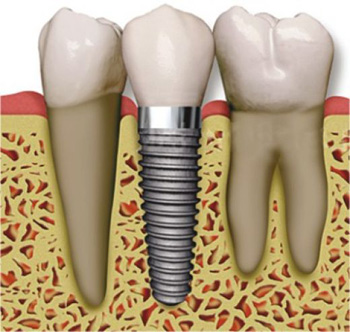
Bridges and implants are two ways of replacing a missing tooth or teeth. A bridge, also known as a fixed removable denture, is made to replace one or more missing teeth. There are several different types of dental bridges. The most common bridge is a fixed bridge, which consists of a false tooth with crowns attached to either side. The bridge is used to fill the gap left by a missing tooth. Dental implants are metal posts surgically positioned into the jawbone beneath your gums to act as an anchor for replacement teeth. Dental implants replicate the entire tooth, including the crown and the root. At HDentaL, we place and restore implants for our patients!
Root Canals

Root canal treatment is the removal of the tooth’s pulp – a small, thread-like tissue in the center of the tooth. The remaining space is cleaned, shaped and filled once the damaged, diseased or dead pulp is removed. By the time decay advances near or into the pulp, the tooth is at a high risk of infection and usually begins to ache. The procedure seals off the root canal. If left untreated or infected, dead tooth pulp can create a buildup of pus at the root tip in the jawbone, forming an abscess. An abscess can be very dangerous and can destroy the bone surrounding the tooth and cause pain.
Extractions
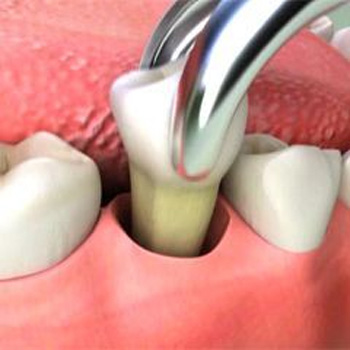
A tooth extraction is the removal of a tooth from its socket in the bone. There are many reasons for extracting a permanent tooth, the most common being a broken tooth or a tooth damaged by severe decay. Usually, Dr. Lam will try to use other methods such as fixing the tooth with a filling, crown or other dental treatment, leaving extraction as a final option.
Teeth Whitening

Teeth naturally darken with age, however staining may be caused by various foods and beverages such as coffee, black tea, berries, smoking cigarettes, trauma to a tooth and some drugs such as tetracycline. Teeth whitening is the process of whitening teeth using a peroxide-based material. It is one of the most effective cosmetic dental procedures in improving stained and discolored teeth. HDental offers in-office and at-home whitening.
Nightguards & Mouthguards
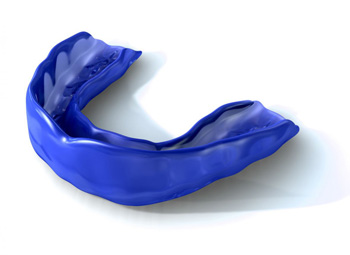
Mouthguards (aka sportsguards) are a device worn over your teeth that protects them from blows to the face and head. Mouthguards are an important piece of athletic equipment for anyone participating in a sport that involves falls, body contact or flying equipment such as football and basketball.
Deep Cleanings

For patients with bleeding gums, heavy plaque, and calcium deposits (calculus), we recommend a deep cleaning procedure. Bacteria number in hundreds of billions in the mouth, and there are approximately 325 different bacterial species in plaque. As the plaque builds up around the teeth and below the gums, calcium in your saliva can deposit themselves on to the plaque and form calculus. As more and more bacteria accumulate, they will cause inflammation, pain, bone loss, and eventual loss of teeth. Deep cleaning will remove these harmful structures both above and below the gums, eliminating bacterial reservoirs.
Sealants & Stainless Steel Crowns
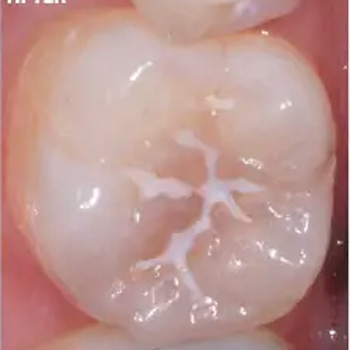
Our teeth naturally have grooves and pits when they first erupt. These grooves are sometimes so fine that even toothbrush bristles cannot clean them and thus are one of the first places children get cavities. Sealants fill in these grooves and are one of the best ways to prevent cavities in children. They are best performed soon after the teeth erupt. If baby teeth do get cavities, some of these teeth are not replaced until 12 years old and a stainless steel (silver) crown is the best treatment for a tooth so that we can prevent the loss of the tooth which will maintain the space for bigger adult teeth and help to prevent future crowding.